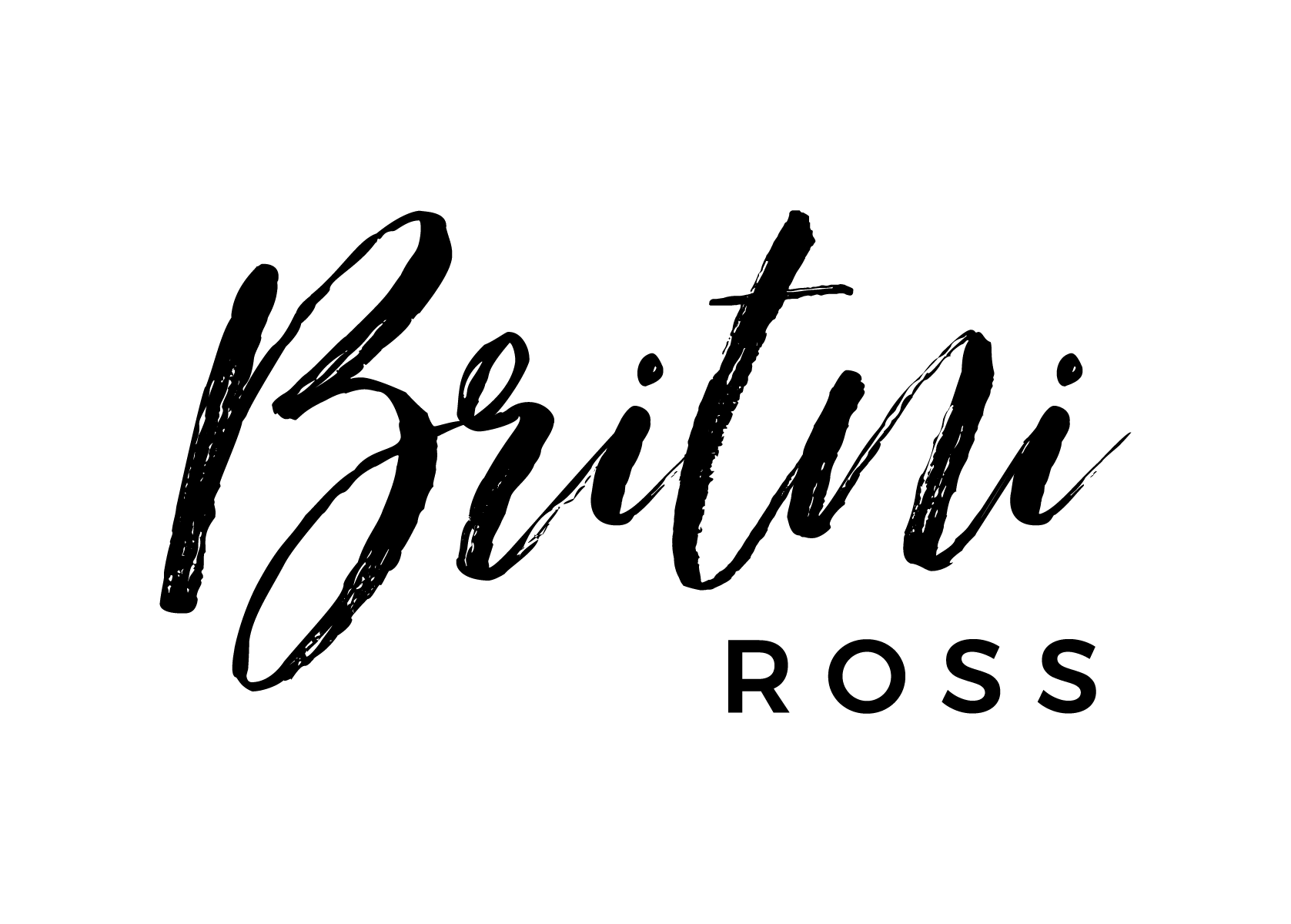
Off the top of your head, can you answer any of these questions?
- How much did you spend on groceries last month?
- What about Amazon? That’s a big one in our house. How much money did you spend on Amazon?
- And what about take-out? Do you know how much money you spent on take-out?
When was the last time you looked at your spending? I mean, REALLY looked at your spending?
One of the more common themes that comes up when working with students is that there is a general lack of awareness when it comes to where their money goes each month. According to a recent US Bank study, only 41% are following a household budget, so it makes sense that the majority of Americans don’t know how they are spending their hard-earned dollars.
Gaining awareness into your spending habits is a critical piece of the puzzle when it comes to reaching your financial goals. It’s impossible to know what to do next when you don’t know what you’re doing currently. Awareness leads to action and I believe that consistent action inspires confidence.
And I’m yet to meet a soul who doesn’t want to feel more confident with money.
Just one last thing before we dig into your spending, a word of caution if you will. On the surface, this sounds like an innocent enough exercise. You’re going to be asked to go back through your spending for the last three months. You’ll add up all the different categories of spending and you’ll likely notice where some changes can be made.
You may also experience overwhelming emotions toward yourself or your partner while going through the list of transactions. Some of the feelings that came up for myself and other students were shame, guilt, anger, rage, sadness, regret, disappointment, and a slew of others. I tell you this because I want you to know that it is normal and expected, and I don’t want you to be blind-sided if and when any tough feelings come up for you.
With that said, let’s move on to the exercise. If what you uncover makes you uncomfortable, that’s ok. Sometimes discomfort is what we need to move us into action. Let’s get started.
How to Complete Your Spending Audit

For your spending audit, you’ll need the last 90 days of bank and credit card statements and either a pencil and a blank sheet of paper or a blank spreadsheet/document open on your computer.
Once you’re all set up, start going down through your statements and listing each expense, both the name and the dollar amount, in its appropriate category. Consider breaking the big, general categories down into smaller, more specific categories. For example, the Food category could be broken down into Groceries, Take-Out, and Dining Out if you notice that you’re spending in all three categories.
If you notice that you’re frequenting certain retailers make them their own category. Some of the more popular ones I see are Amazon, Target, Starbucks, and Hobby Lobby.
While it’s important to know how much you’re spending in each category, it’s equally important to understand where you’re spending your money. Knowing this information gives you insight into your unconscious spending habits. Through this process, you may discover that you’re impulsively shopping on Amazon and that you want to create boundaries for yourself in this area. You may decide to remove the Amazon shopping app or prescribe yourself a 30-day Amazon detox.
Here are a few common spending categories to get you started:
|
|
I’m a big fan of completing a spending audit using a spreadsheet. I’m a spreadsheet queen who loves utilizing a good formula to do the heavy lifting for me. But if spreadsheets aren’t your jam then go ahead and put pencil to paper.
Once you’ve finished listing your last expense, add up how much money you spent in each category. Notice the patterns that emerge. Take note of where you’re spending the most money and determine if that makes sense for your priorities. Housing is typically a large spending category which makes sense considering the type of expense and the value that you receive.
I completed this exercise for the first time around 2006-2007 and discovered that we were spending over $1200 a month on food, both groceries and dining out, for 2 people!
2 PEOPLE!
No wonder we felt like we couldn’t afford to take a vacation… we were eating our way through our vacation money!
What did you uncover through completing this exercise?
Were you spending more than you thought in certain categories?
Comment below and tell me which category was most surprising for you!
